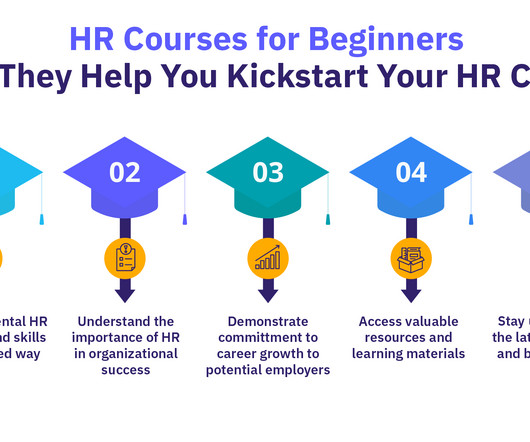Unveiling the Human Side of Accounting Staffing: Nurturing Client Connections
Professional Alternatives
FEBRUARY 13, 2024
[link] Unveiling the Human Side of Accounting Staffing: Nurturing Client Connections Introduction to Accounting Staffing and its Importance in the Accounting Industry As an accountant, I am well aware of the critical role that accounting staffing plays in the industry.







































Let's personalize your content